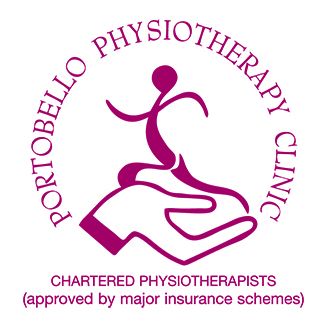Chartered Physiotherapists
Specialists in Musculoskeletal Physiotherapy
Dancing Injuries
The physical demands placed on a dancers body is immense, similar to an elite sports person dancers require a number of essential attributes to perform, including muscle strength and endurance, anaerobic and aerobic power, speed, agility and coordination. A dancer’s body must be in peak condition as it has to handle loads of high magnitude and frequency as they jump, land, pivot and turn on the dance floor. The area of the body working hardest and under most stress will depend on the particular dance discipline. The vast majority of dance injuries relate to the lower limb with 40% reported in the foot, ankle and lower leg, the hip and knee each make up about 20% of sustained injuries in dance whilst the remaining 20% relate to the upper limb, torso and lower back. Reports suggest that as high as 90% of all dancers will suffer from injury at some point in their careers.

Common dance injuries of the foot include: Sesamoiditis, Hallux Valgus and Bunion, Plantar Fasciitis, Metarsalgia, Hallux rigidus, Dancers fracture.
Common dance injuries of the ankle and lower leg include: Achilles tendinitis, Flexor halluces longus tenosynovitis, posterior impingement syndrome, anterior impingement syndrome, lateral ankle sprains, stress reactions, stress fracture, shin splints.
Common dance injuries to the knee and thigh: Anterior knee pain or Patellar femoral pain syndrome, patellar tenosynovitis, knee hyperextension injury, medial collateral ligament strain, meniscal tear, anterior cruciate ligament tears, muscle strain.
Common dance injuries of the hip: Trochanteric bursitis, snapping hip syndrome, piriformis syndrome, Femoral stress fracture, labral tear, groin strain, hip flexor strain.
Common dance injuries to the lower back: Muscle strain, spondylothesis, spondylosis, facet joint irritation, herniated disc, sacroiliac joint pain.
Common dance injuries to the shoulder :Rotator pathology, shoulder impingement, shoulder dislocation, acromioclavicular joint sprain.
Wrist injuries dance: Wrist dislocation, epicondylitis, carpal tunnel syndrome
Ready to take the next step?
Learn more about our Patient-Centered Approach to Care or schedule a new patient consultation.



